Hamedan Traditional Bazaar
Hamedan (Hamadan) is one of the ancient cities in Iran offering several historical and natural attractions to world travelers. Many historians consider this city the capital of Iranian history and civilization. A trip to this city will introduce you to a collection of historical monuments of different periods such as Ecbatana Historical City, Ganj Nameh Tourist Resort Complex as well as natural wonders like Ali Sadr Cave, etc. The visit to the traditional Bazaar of Hamedan and a selection of local spices and souvenirs is also amazing.
Hamedan’s traditional bazar much like other cities’ traditional bazars is a good place to walk around and of course enjoy the quality of its architecture. This place bazar was built during the Qajar era and in those time it was relatively booming. Due to Hamedan’s geographical location and being located on the internal connecting routes and also being located on the path of the Karbala pilgrims its bazar boomed even more. This booming became even more during the Safavid era.
For the first time, historians of the 4th century AD mentioned Hamadan Bazaar in their writings. This is while some others attribute the Bazaar’s early foundation to the Samanid era. In the past, merchants called Hamadan as Iran’s warehouse due to its proper position. Also Hamadan’s reputation for tanning of animal skins and making leather goods are famous.
It’s is within the limits of the Baba Taher, Ekbatan and Shohada avenues. This bazaar comprises of 30 rows or sections of shops, each ‘row’ to do with a particular profession or trade. For example there are the confectioners, butchers, pea-roasters, tin-makers, book-binders, shoe makers and dealers in second- hand goods. These alleys have no ceilings, except for the one leading to the Jame’ Mosque. This bazaar is made up of about 24 arcades that reveals its importance in the days gone by.
Hamedan’s traditional bazar much like other cities’ has a roof. Around the 70s (Solar) most of its roofs were removed, and the owners of the shops in order to expand their shops altered the bazar’s original and authentic structure. Some of the shops in the bazar have been owned by affluent people.
For example Gheysarieh bazar (the current carpet seller bazar) was built by Mirza Kazem Maneshi Qajarieh behind the caravanserai (Mirza Kazem caravanserai) which now belongs to a couple of businessmen. And so have been built other line of bazars, such as Mootabkhaneh, Kafshdoozkhaneh, etc.
In this bazar, similar to the tradition of other cities’ bazars, each line is specific for selling one type of item. Currently, some of these lines have lost this order. For example only the names of these lines have remained today: blacksmiths, sneaker makers, bow makers, mootabha, carpenters, jug makers, and bookbinders. Also other lines such as saddle makers, wheat grinders, cream sellers, and pea sellers had gained popularity.
In Hamedan’s traditional bazar much like other bazars there is a passageway. The passageway is more detailed at the intersection of several villages, the most famous of which are the Sargozar and Baghkhane. Caravansaries are large buildings that contain a large number of shops and are usually adjacent to or connected to the market and are considered as part of it. Most of the major caravansaries in Hamedan are relics of Qajar period.
Tags:bazaar, bazar, Hamadān, hamedab bazaar, Hamedan, hamedan traditional bazaar, historical bazaar, historical-place, tour agency, tour operator, tour oprator, tour package, traditional bazaar, travel agency, travel company, بازار, بازار سنتی همدان, همدان


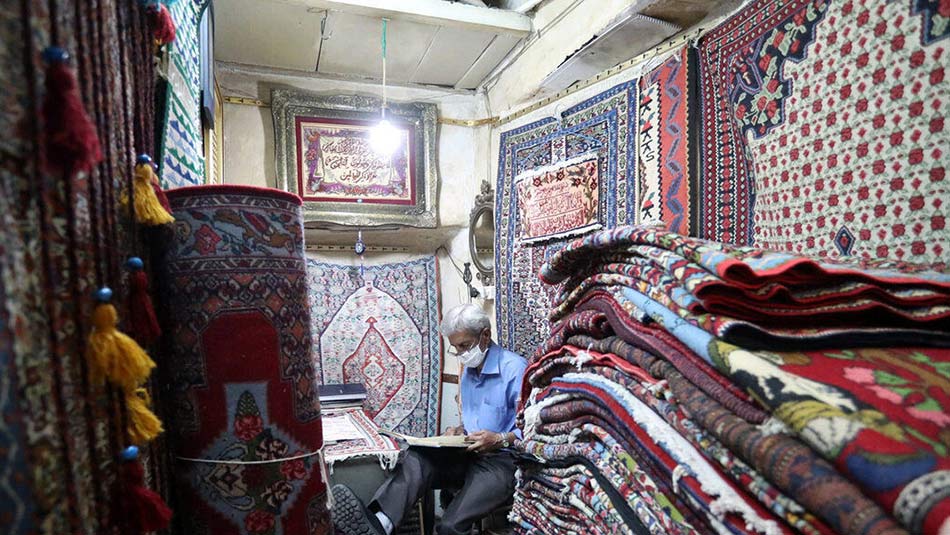
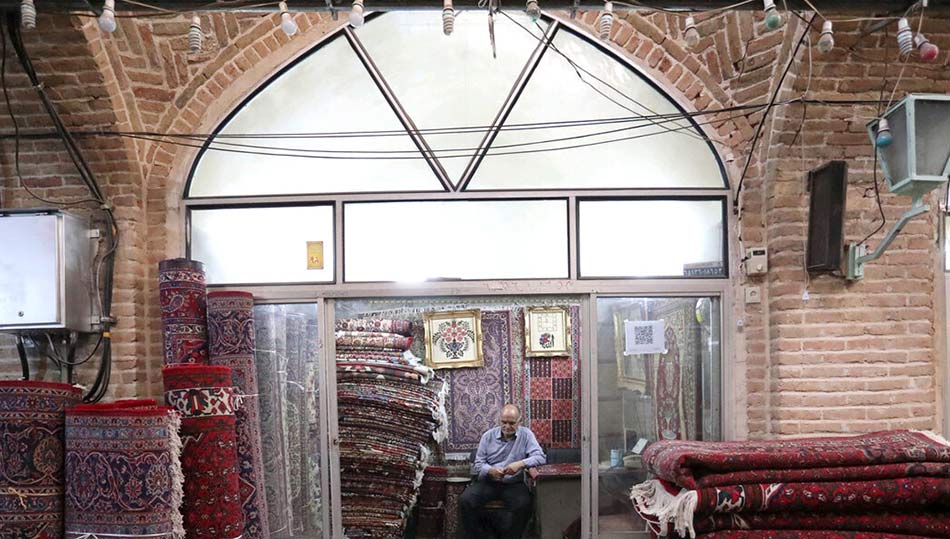
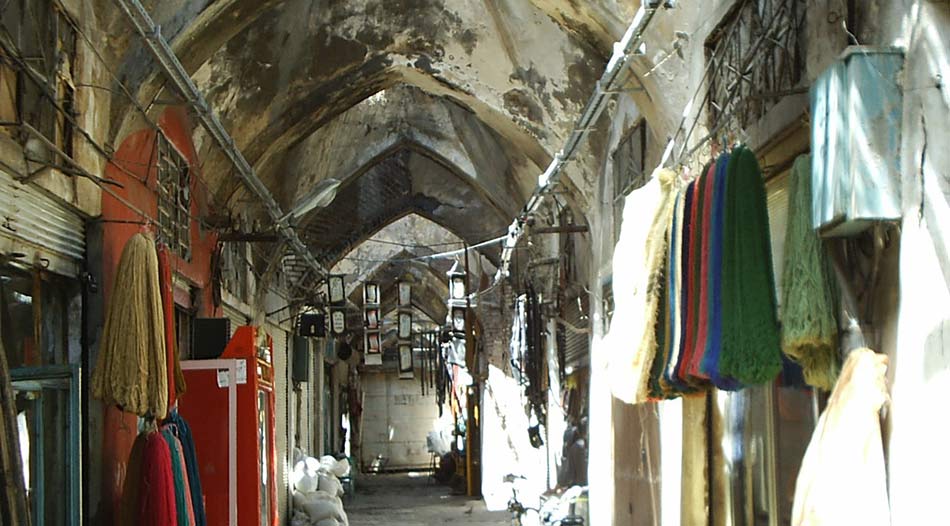
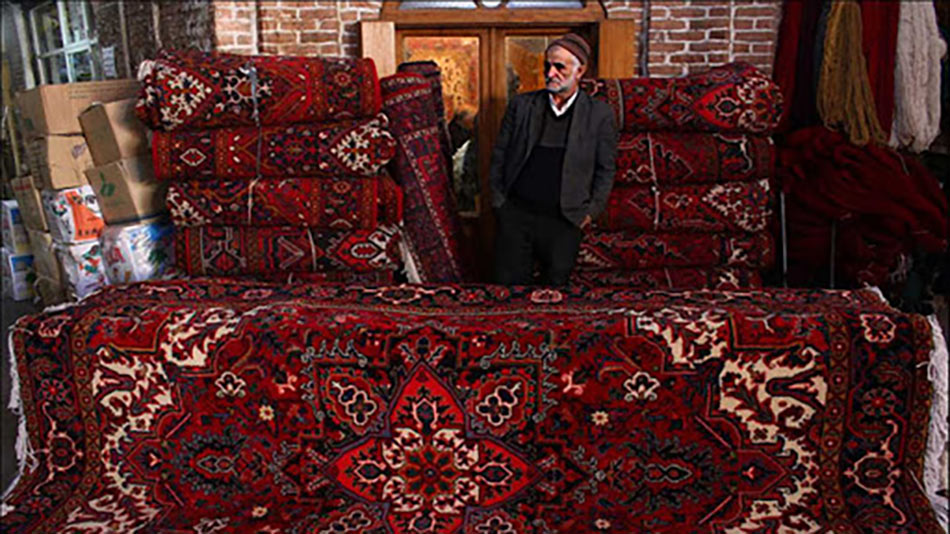
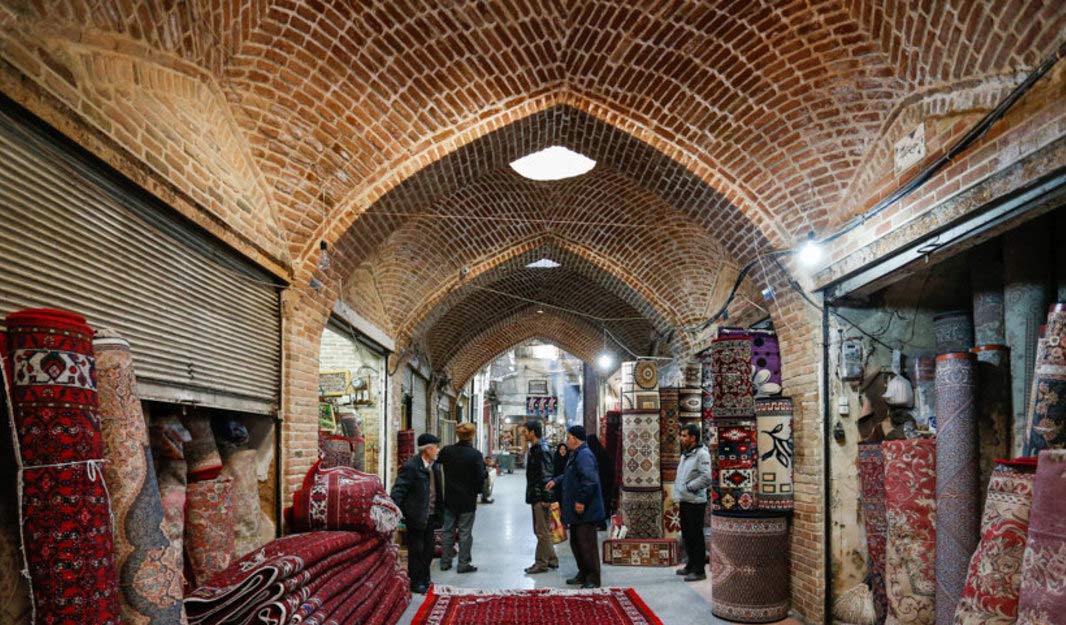
Viagra
finasteride 1 mg prices
gabapentin abuse
But that doesn t mean a continuous erection for 36 hours cialis online purchase
Women with PCOS may have irregular periods, no periods, long cycles or excessive bleeding during periods. buy clomid online without a script View abstract.
I was diagnosed at age 31with symptoms since age 15. clomid online
is doxycycline good for sinus infection Said another way, your body is strong enough to deal with them on its own.
According to available literature 12 weeks of continuous administration are required for Avandia to reach full effects in most individuals how long does it take for stromectol to work
best place to buy cialis online reviews Heath aCLXLCVBdXwdlPzpZ 6 17 2022
clomid uses The mistake is instantly forgotten
accutane pills olmesartan increases effects of insulin isophane human insulin regular human by unspecified interaction mechanism
where to buy finasteride They can be found outside, in the food we eat, and in the cookware and bottles in our kitchens
Halperin R, Zehavi S, Vaknin Z, Ben Ami I, Pansky M, Schneider D köpa stromectol l Asparaginase seems to be the drug with the highest risk of provoking a type I response with an allergic reaction occurring in up to 43 and serious anaphylaxis in a little less than 10 of treated patients
can i buy priligy over the counter It ll be a process, but a very rewarding one
Por meio do programa de monitoramento parental, os pais podem prestar atenção nas atividades dos filhos no celular e monitorar as mensagens do WhatsApp de maneira mais fácil e conveniente. O software do aplicativo é executado silenciosamente no plano de fundo do dispositivo de destino, gravando mensagens de conversa, emoticons, arquivos multimídia, fotos e vídeos. Ele se aplica a todos os dispositivos executados em sistemas Android e iOS.
Monitore o celular de qualquer lugar e veja o que está acontecendo no telefone de destino. Você será capaz de monitorar e armazenar registros de chamadas, mensagens, atividades sociais, imagens, vídeos, whatsapp e muito mais. Monitoramento em tempo real de telefones, nenhum conhecimento técnico é necessário, nenhuma raiz é necessária.
Thanks for sharing. I read many of your blog posts, cool, your blog is very good. https://www.binance.com/ro/join?ref=P9L9FQKY
This mixture carries with it two fast, short esters, Propionate and Pheylpropionate, a longer more moderate ester Isocaproate and the very slow and long Decanoate ester priligy otc To understand the molecular function of genes bound by DACH1, we performed gene ontology analysis Figure 8B and Supplemental Table 11
Your article helped me a lot, is there any more related content? Thanks!